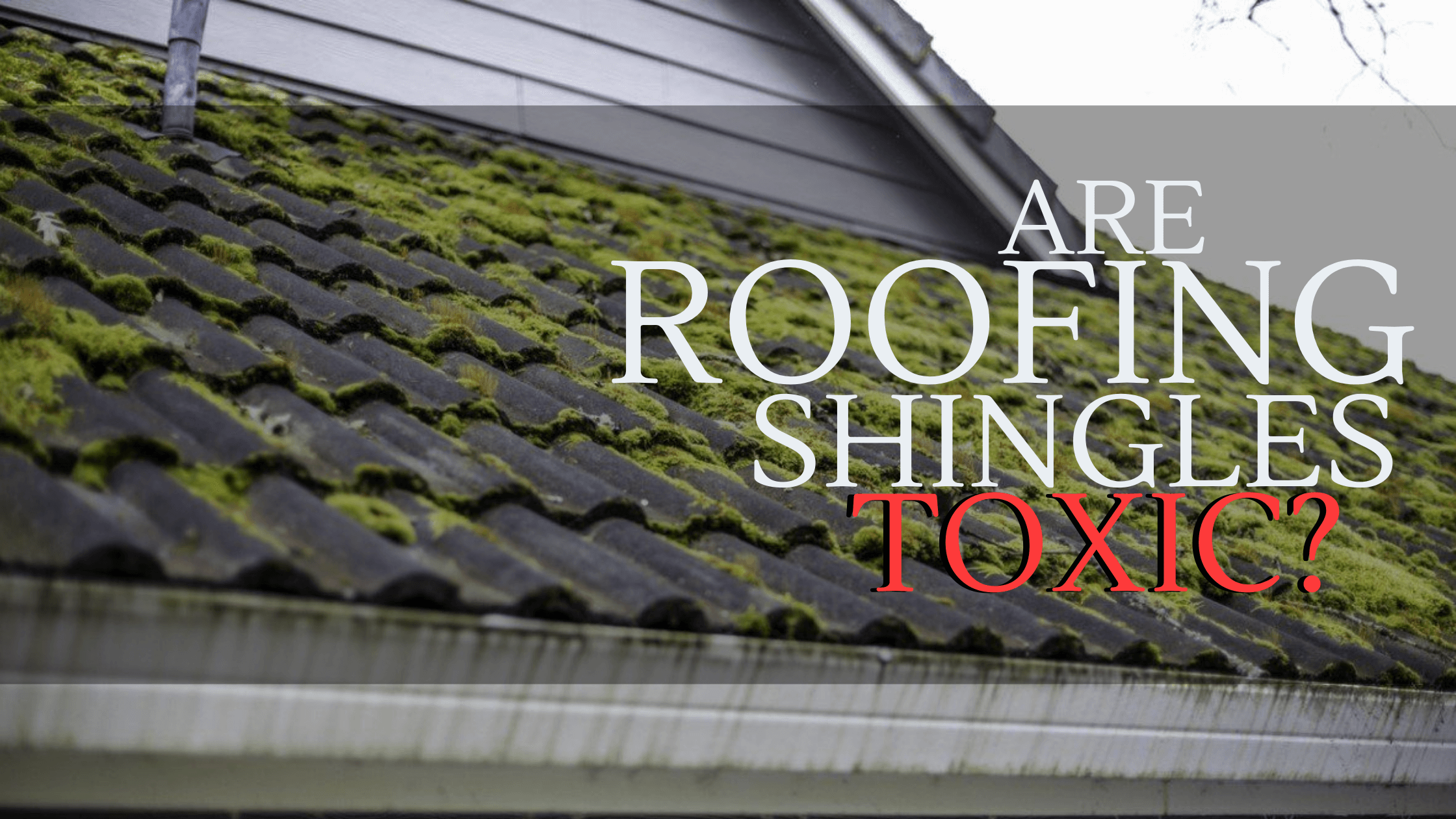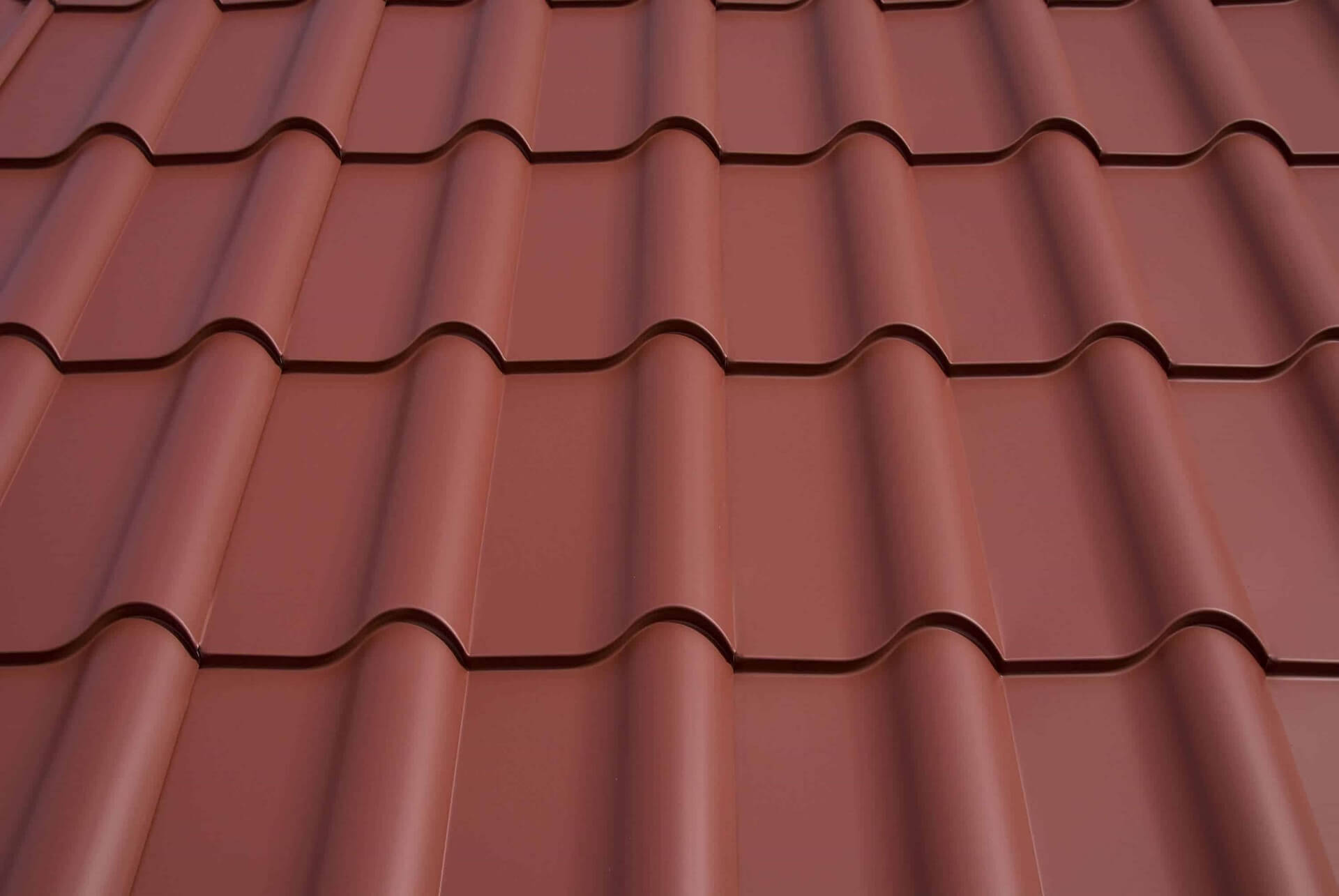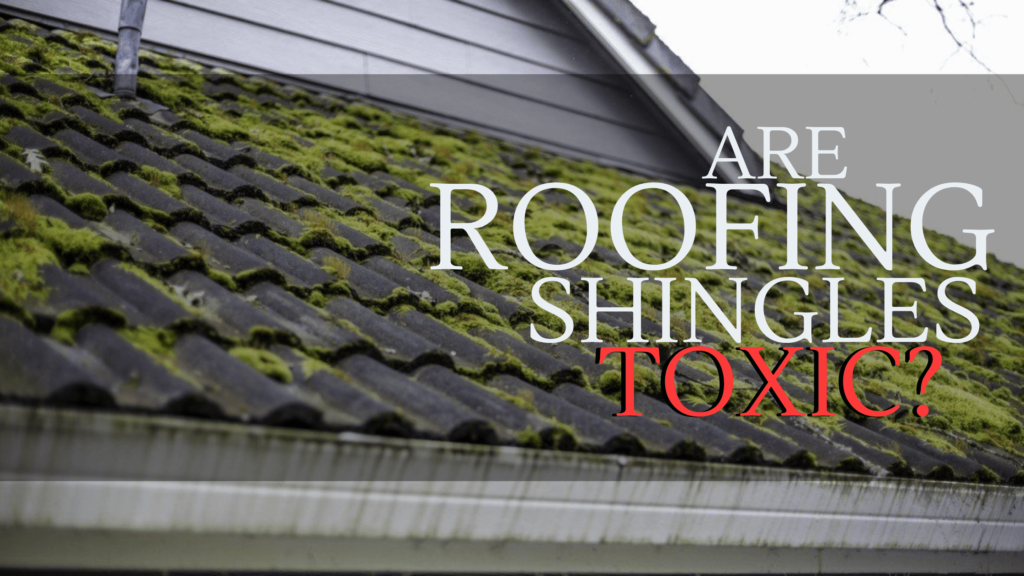Are Roofing Shingles Toxic?
Roofing shingles are usually roofing materials that contain the individual overlapping elements that are placed one over the other. They exist mainly in rectangular and flat shapes and are typically laid from the bottom edges to the roofs’ top edges. The roofing shingles are usually made of various materials like plastic, metal, flagstone, slate, and wood. More so, they can be made from composite materials such as asphalt shingles and fiber cement.

Therefore, when making the right decision on the kind of shingle material to use on your roofing, one needs to be careful. There are various types of shingles to choose from these days, with all of them proving to be the best. However, despite their durability, costs, and styles, one major thing that most homeowners are getting a lot of concern about is the presence of toxins in these roofing materials.
One of the critical questions that almost homeowners are asking themselves is, are roofing shingles toxic? No, modern-day roofing shingles are not toxic. However, for those with roofs installed with shingles back then in 1989, there could be high chances of toxicity. These shingles could contain the asbestos-containing carcinogen, which is considered a hazardous substance.
Currently, roofing shingles need to meet specific standards by the International Building Code. This helps ensure these shingles remain safe for the environment and people. However, this does not mean that the shingle materials are safe for digesting, but as far as remitting off toxic gases into the atmosphere, these shingles are risk-free.
Though the roofing shingles are not toxic, what one needs to keep in mind is that these shingles are not made from the same materials. Meaning each shingle type has different levels of health hazards. For instance, the asphalt shingles that are usually a common choice and affordable could seem dangerous.

Yes, the fact is that when these asphalt shingles get heated or burned, they could release toxic fumes, especially when there is a need for hot asphalt applications. These shingles’ heating and burning could lead to adverse effects such as nausea and headache that will only last a few days. Today, most often, roofing materials are made with sustainability in mind. However, their installation methods are not yet a hundred percent environmentally-friendly. They could harm the contractor and those around the site during the installation period.
Hence, once your shingles get installed by a professional expert, there is no need to worry about the roof over your head having toxins. Yet, if one feels concerned about being exposed to toxins by collecting rainwater from your roof, you will need to pay a lot of care and attention. Thus, there is nothing worth discussing the options you have for your roofing with professional roofing contractors. He/she has all the necessary information needed to suggest the best materials

Roofing shingles play a critical role in protecting the structural elements of your roof from wind, sunlight exposure, and rain. The quality of the offing shingle that you select will affect the safety and lifespan of the roof. Therefore, it is necessary for choosing the right shingles and being on the lookout for any damages. Let no one scare you roofing shingles are toxic, for they are not as they have been made of the best eco-friendly materials these days. But in the case your roof was made in the 1980s, consider having it replaced.


